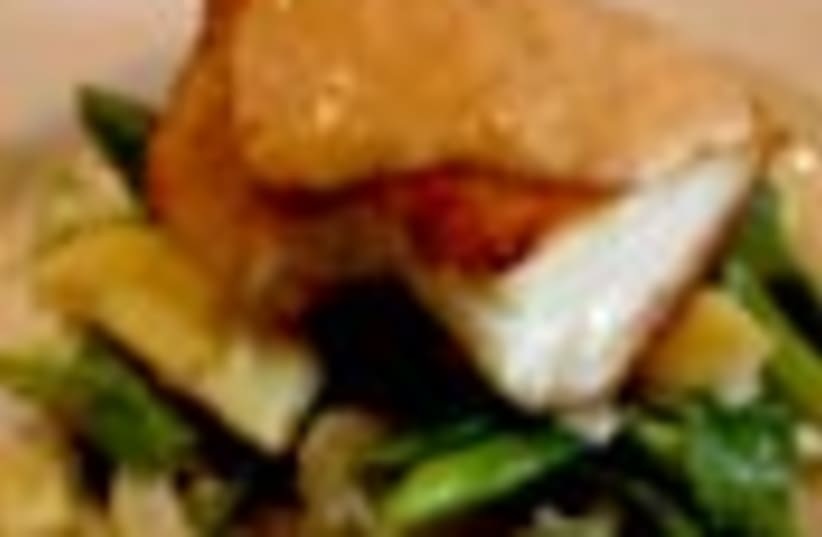| More about: | North America, Tel Aviv, Maryland, Hebrew language |
Let your fish go nuts
A tasty macadamia-crusted halibut that I enjoyed at a local restaurant reminded me of how useful this type of dish can be in a home kitchen.


| More about: | North America, Tel Aviv, Maryland, Hebrew language |